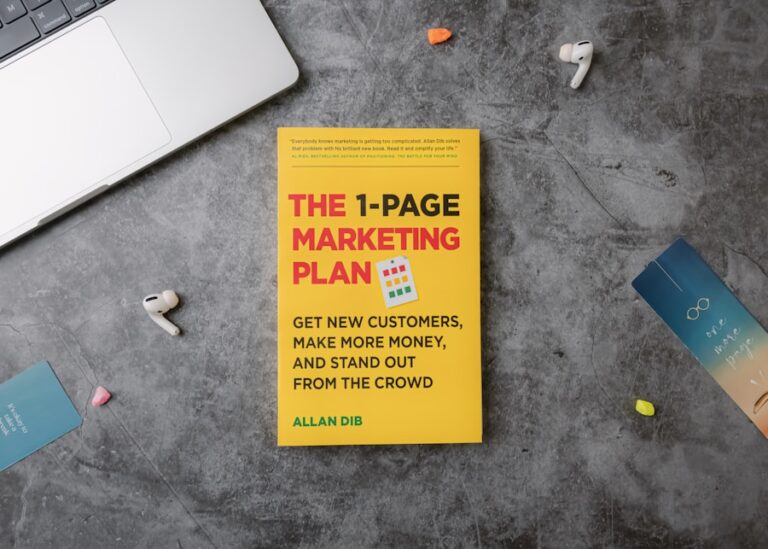Accessible book formatting is a crucial aspect of ensuring that literature and educational materials are available to everyone, regardless of their physical or cognitive abilities. By making books accessible, individuals with disabilities are able to fully engage with the content and benefit from the knowledge and enjoyment that reading provides. Accessible book formatting includes features such as large print, audio versions, braille, and digital formats that can be read using screen readers or other assistive technologies. These formats are essential for individuals with visual impairments, dyslexia, or other reading disabilities, as well as those with physical disabilities that make it difficult to hold or manipulate a traditional book.
In addition to providing access to individuals with disabilities, accessible book formatting also benefits the aging population, who may experience changes in vision or mobility as they grow older. By ensuring that books are available in a variety of formats, publishers and educators can reach a wider audience and promote lifelong learning for all. Accessible book formatting is not only a matter of social responsibility, but also a legal requirement in many countries, where equal access to education and information is protected by law. As technology continues to advance, it is becoming increasingly feasible to produce and distribute accessible books on a large scale, making it easier than ever to ensure that everyone has access to the written word.
How Accessible Book Formatting Benefits Readers with Disabilities
Accessible book formatting has a profound impact on the lives of individuals with disabilities, allowing them to access literature and educational materials in ways that were previously impossible. For individuals with visual impairments, large print and audio formats provide the opportunity to engage with books and other written materials independently, without relying on others to read aloud or transcribe text. Similarly, individuals with dyslexia or other reading disabilities can benefit from accessible book formatting by accessing digital versions of texts that can be read using specialized fonts or color overlays that make reading easier and more comfortable.
Braille is another essential format for individuals who are blind or have low vision, allowing them to read and enjoy books in a tactile format that is specifically designed for their needs. By providing books in braille, publishers and educators can ensure that individuals with visual impairments have access to the same literature as their sighted peers, promoting inclusion and equality in education and leisure activities. Accessible book formatting also benefits individuals with physical disabilities that affect their ability to hold or manipulate traditional books, as digital formats can be accessed using assistive technologies such as voice commands or switches. Overall, accessible book formatting plays a crucial role in empowering individuals with disabilities to engage with literature and educational materials on their own terms, promoting independence and self-confidence.
The Role of Accessible Book Formatting in Inclusive Education
Accessible book formatting is an essential component of inclusive education, ensuring that all students have equal access to the same curriculum and learning materials. By providing books in a variety of formats, educators can accommodate the diverse needs of their students, including those with disabilities or other learning challenges. Accessible book formatting allows students with visual impairments, dyslexia, or other reading disabilities to access the same literature as their peers, promoting a sense of belonging and equality in the classroom. In addition, accessible book formatting benefits students with physical disabilities by providing digital formats that can be accessed using assistive technologies, allowing them to engage with educational materials independently.
Inclusive education is not only a matter of providing access to the same materials, but also ensuring that all students have the opportunity to fully participate in classroom activities and discussions. Accessible book formatting plays a crucial role in this process by providing students with disabilities the tools they need to engage with literature and educational materials on an equal footing with their peers. By promoting inclusive education through accessible book formatting, educators can create a learning environment that values diversity and promotes the full participation of all students, regardless of their abilities.
The Impact of Accessible Book Formatting on Cognitive Development
Accessible book formatting has a significant impact on cognitive development for individuals with disabilities, providing them with the opportunity to engage with literature and educational materials in ways that support their learning and cognitive abilities. For individuals with visual impairments, accessible book formatting allows them to access literature and educational materials independently, promoting the development of critical thinking skills and fostering a love of reading. Similarly, individuals with dyslexia or other reading disabilities benefit from accessible book formatting by accessing digital formats that support their unique learning needs, allowing them to engage with texts in ways that are comfortable and effective for them.
Braille is another essential format for individuals with visual impairments, providing them with the opportunity to engage with literature in a tactile format that supports their cognitive development and literacy skills. By providing books in braille, publishers and educators can ensure that individuals with visual impairments have access to the same literature as their sighted peers, promoting cognitive development and literacy skills for all. Accessible book formatting also benefits individuals with physical disabilities by providing digital formats that can be accessed using assistive technologies, allowing them to engage with educational materials in ways that support their cognitive development and learning abilities. Overall, accessible book formatting plays a crucial role in promoting cognitive development for individuals with disabilities, providing them with the tools they need to engage with literature and educational materials in ways that support their unique learning needs.
Accessible Book Formatting and the Promotion of Literacy
Accessible book formatting plays a crucial role in promoting literacy for individuals with disabilities, providing them with the tools they need to engage with literature and educational materials in ways that support their unique learning needs. For individuals with visual impairments, accessible book formatting allows them to access literature independently, fostering a love of reading and promoting literacy skills. Similarly, individuals with dyslexia or other reading disabilities benefit from accessible book formatting by accessing digital formats that support their unique learning needs, allowing them to engage with texts in ways that are comfortable and effective for them.
Braille is another essential format for promoting literacy for individuals with visual impairments, providing them with the opportunity to engage with literature in a tactile format that supports their literacy skills. By providing books in braille, publishers and educators can ensure that individuals with visual impairments have access to the same literature as their sighted peers, promoting literacy skills for all. Accessible book formatting also benefits individuals with physical disabilities by providing digital formats that can be accessed using assistive technologies, allowing them to engage with educational materials in ways that support their literacy skills. Overall, accessible book formatting plays a crucial role in promoting literacy for individuals with disabilities, providing them with the tools they need to engage with literature and educational materials in ways that support their unique learning needs.
The Influence of Accessible Book Formatting on Emotional Well-being
Accessible book formatting has a profound influence on the emotional well-being of individuals with disabilities, providing them with the opportunity to engage with literature and educational materials in ways that support their emotional needs. For individuals with visual impairments, accessible book formatting allows them to access literature independently, fostering a sense of independence and self-confidence. Similarly, individuals with dyslexia or other reading disabilities benefit from accessible book formatting by accessing digital formats that support their unique learning needs, allowing them to engage with texts in ways that are comfortable and effective for them.
Braille is another essential format for promoting emotional well-being for individuals with visual impairments, providing them with the opportunity to engage with literature in a tactile format that supports their emotional needs. By providing books in braille, publishers and educators can ensure that individuals with visual impairments have access to the same literature as their sighted peers, promoting emotional well-being for all. Accessible book formatting also benefits individuals with physical disabilities by providing digital formats that can be accessed using assistive technologies, allowing them to engage with educational materials in ways that support their emotional well-being. Overall, accessible book formatting plays a crucial role in promoting emotional well-being for individuals with disabilities, providing them with the tools they need to engage with literature and educational materials in ways that support their unique emotional needs.
The Future of Accessible Book Formatting: Innovations and Challenges
The future of accessible book formatting holds great promise for individuals with disabilities, as technology continues to advance and new innovations are developed to improve access to literature and educational materials. Digital formats such as e-books and audiobooks have already revolutionized the way that individuals access literature, providing new opportunities for customization and accessibility. As technology continues to evolve, it is likely that new innovations will emerge to further improve access to literature for individuals with disabilities, including advancements in screen reader technology, braille displays, and other assistive technologies.
However, there are also challenges facing the future of accessible book formatting, including issues related to copyright law, funding for accessible publishing initiatives, and the need for greater awareness and understanding of the importance of accessibility in publishing and education. In order to fully realize the potential of accessible book formatting, it will be essential for publishers, educators, and policymakers to work together to address these challenges and ensure that everyone has equal access to literature and educational materials. By continuing to innovate and advocate for accessibility in publishing and education, we can create a future where everyone has the opportunity to engage with literature and educational materials on their own terms, regardless of their abilities.
In conclusion, accessible book formatting plays a crucial role in ensuring equal access to literature and educational materials for individuals with disabilities. By providing books in a variety of formats such as large print, audio versions, braille, and digital formats, publishers and educators can accommodate the diverse needs of their audience and promote inclusion and equality in education and leisure activities. Accessible book formatting benefits readers with disabilities by supporting cognitive development, promoting literacy skills, fostering emotional well-being, and empowering individuals to engage with literature independently. As technology continues to advance, it is essential for publishers, educators, and policymakers to work together to address challenges related to copyright law, funding for accessible publishing initiatives, and awareness of accessibility issues in order to fully realize the potential of accessible book formatting for all.




